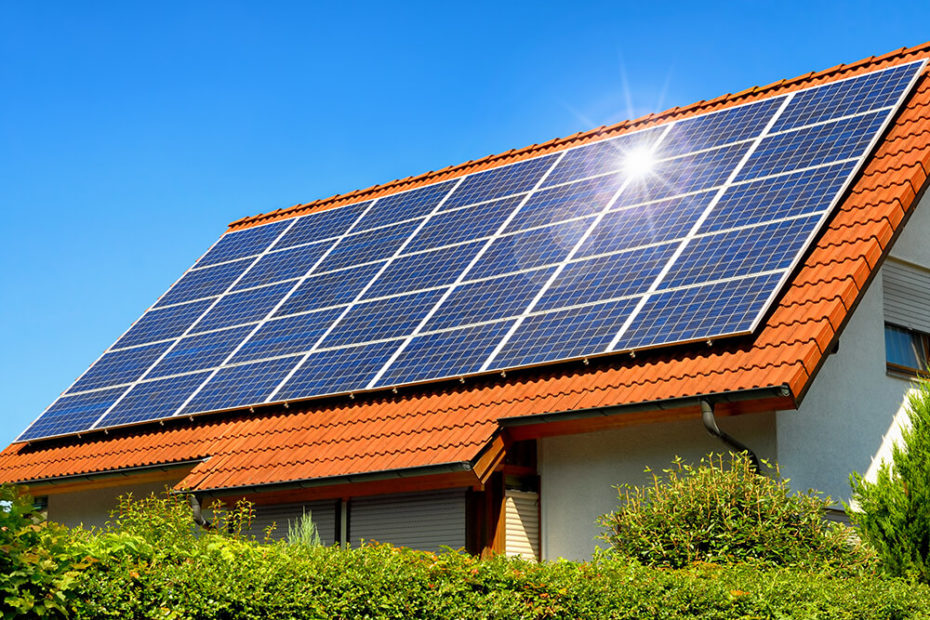In this article we will find out about the different characteristics of storage systems and their different uses.
Why install a storage system
First of all, it should be clarified what a storage system is for.
A storage system is installed along with photovoltaics because the energy produced by the system is never used directly as it is captured by the sun’s rays during the day. Most households, in fact, spend the day away from home and return to them in the evening.
This is when energy is really needed: for cooking, switching on lights and appliances, watching television, and so on. This is when the storage system really comes into play, which, as the name suggests, allows the energy produced from renewable sources to be stored and used when there is less sunlight.
Without a storage system, storing energy would be impossible. In addition, if surplus energy is produced, it can be sold to the national grid. The storage system offers a huge advantage: it guarantees up to 90% autonomy from the electricity provider.
The Grid Connected storage system
There are various types of photovoltaic storage systems. The Grid Connected storage system is connected to the national grid and consists of photovoltaic modules, a grid connection inverter, interface device and distribution meter.
How does the Grid Connected storage system work? It is the inverter’s job to intelligently distribute energy, whether to the external grid or to storage.
It is called ‘always connected’ because it allows the surplus of energy produced to be resold.
Specifically, the inverter of the Grid Connected storage system charges the batteries with any surplus energy so it is available during off-peak hours. This way, 100% of the energy produced by the panels can be utilised. There is also the post-production version consisting of photovoltaic panels, inverter and a kit mounted after the production meter. This consists of a second inverter, a battery control system and the battery itself.
The island storage system
Then there is the island storage system which, unlike the Grid Connected system, is not connected to the national grid. Also called ‘isolated’, it does not allow the resale of the energy produced.
It is a practically autonomous system that only produces energy to supply the consumers to whom it is directly connected. It is equipped with storage batteries that store the surplus energy produced during sunlight hours to then use later.
Why might the island storage system be cheaper than the always-connected one? Because the price paid by the operator to buy the surplus kWh is far lower than the price at which the operator sells it to users. Moreover, it is perfect during a temporary blackout, as it may have enough stored to manage itself.
